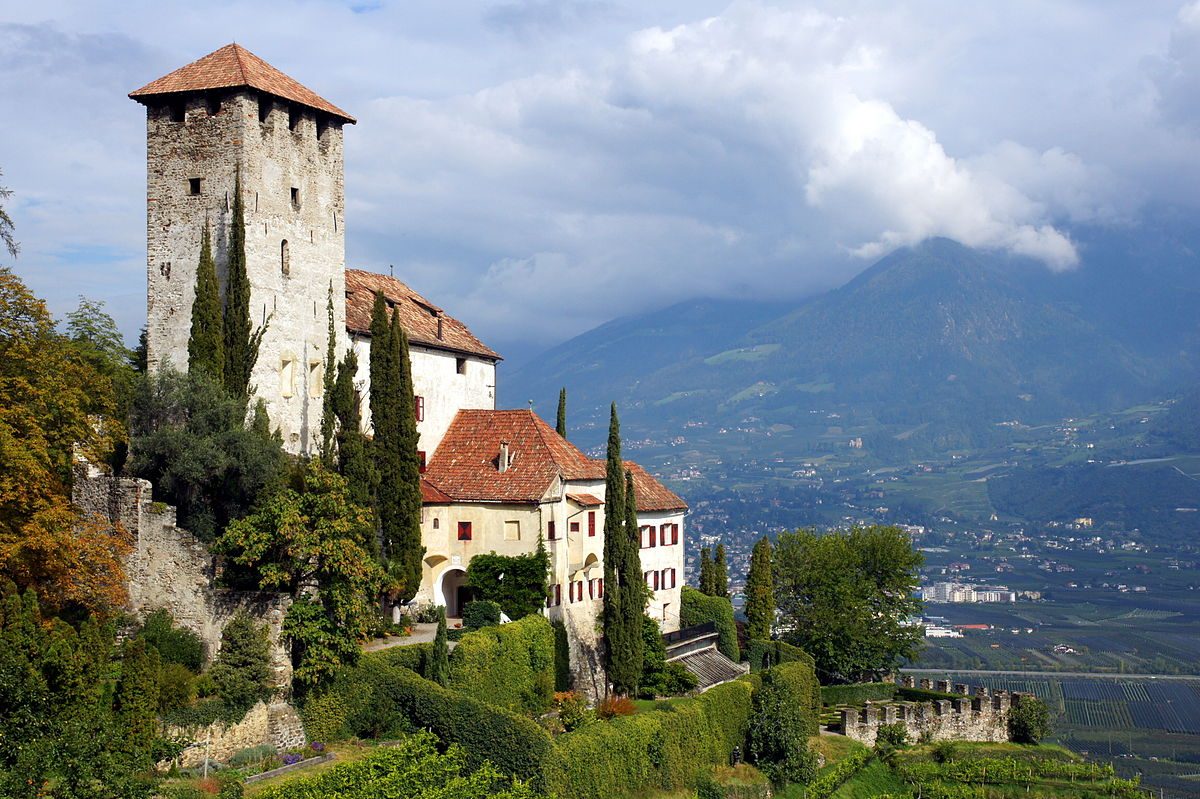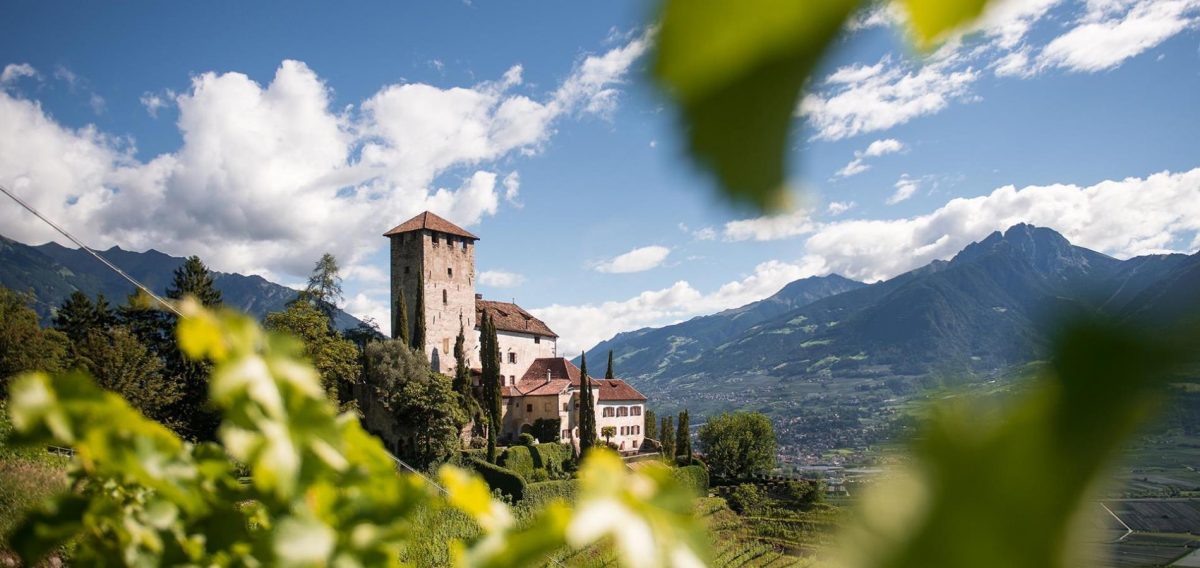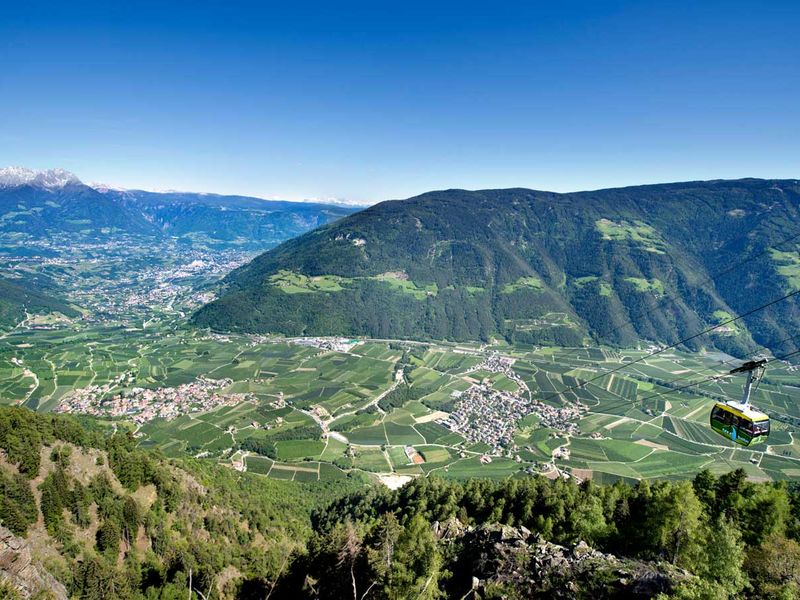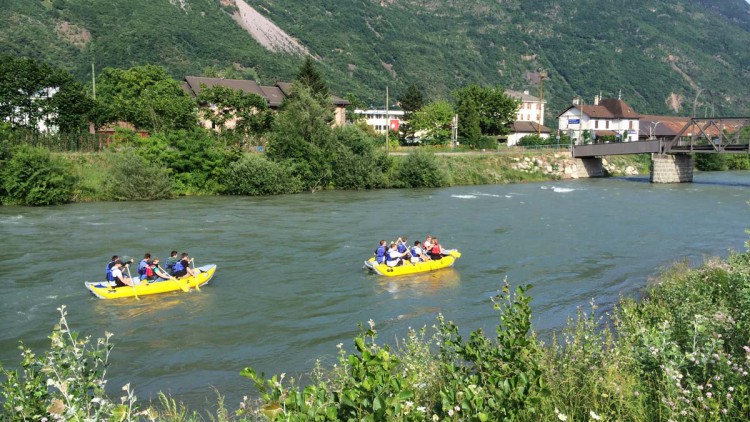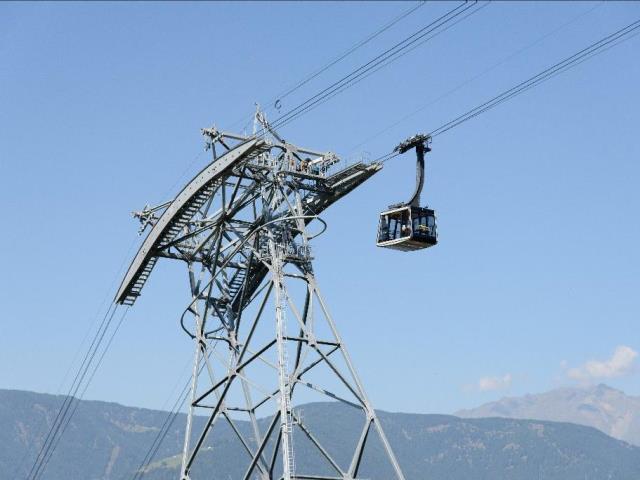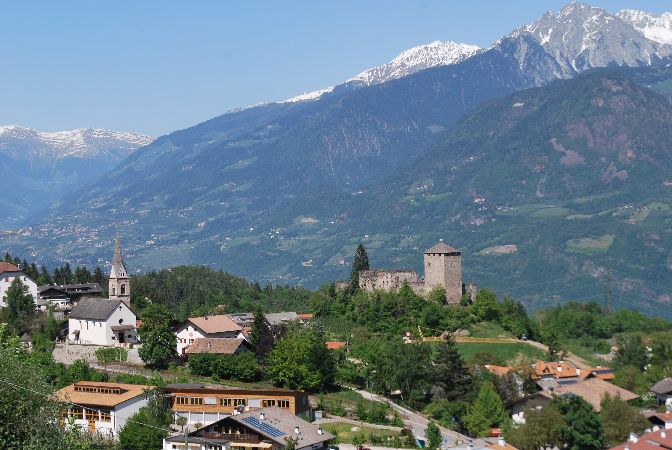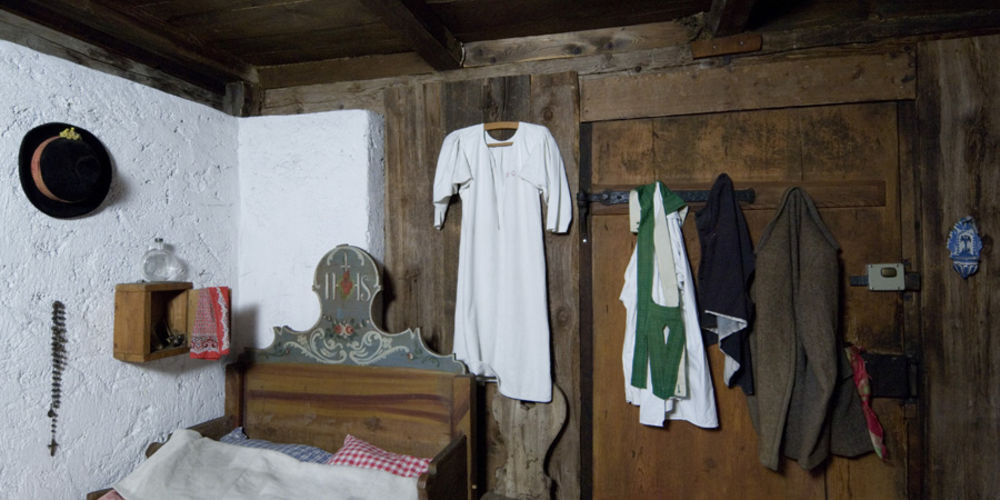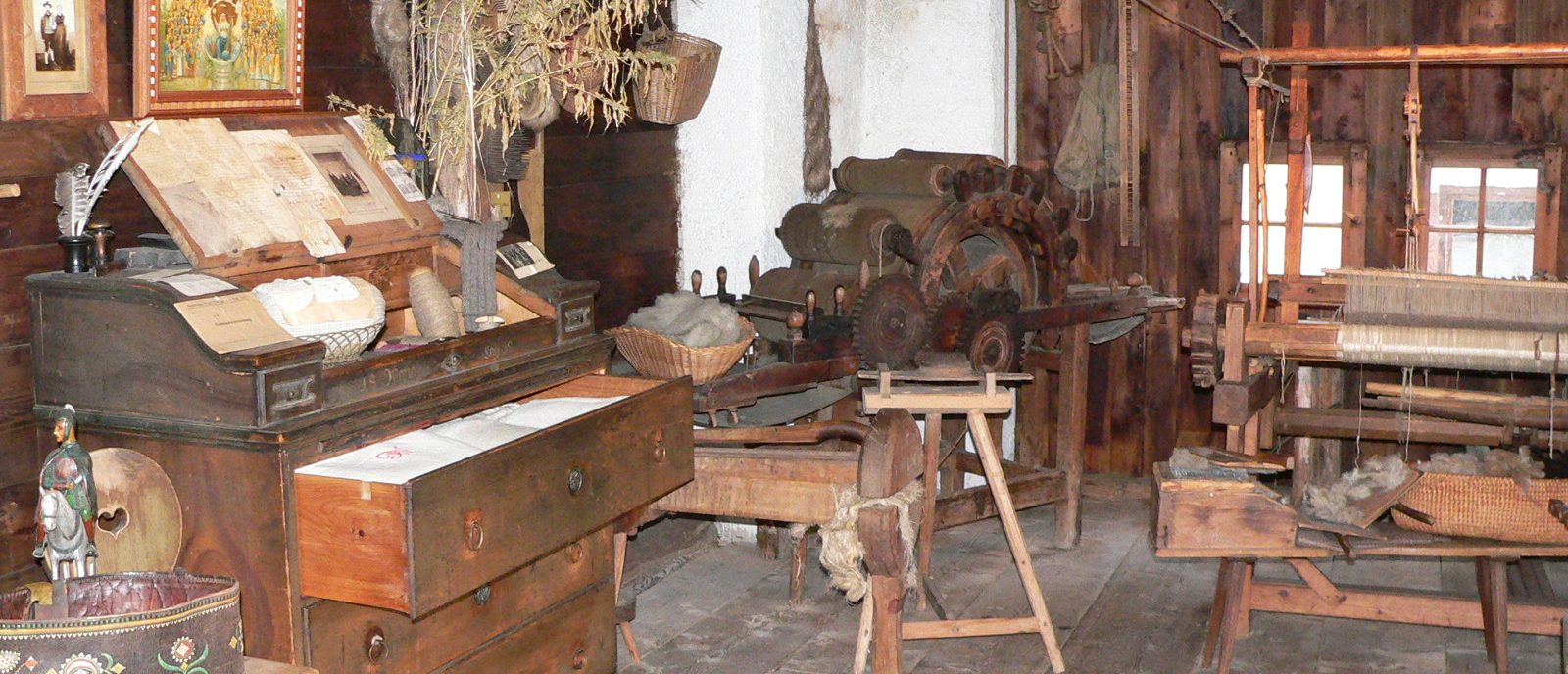How to reach Lana
Culinary art:
– Pur Südtirol
Attractions:
– Biotope Falschauer | Lana
– Gaul Canyon | Lana
Located in the heart of the Val d’Adige/Etschtal Valley, the Alpine-Mediterranean town of Lana combines rural charm with urban comfort. Lana is the biggest and oldest apple-growing town in South Tyrol/Südtirol, and is an ideal starting point for discovering South Tyrol’s many hiking and cycling routes. Above Lana rises Mount Vigiljoch. Closed to public traffic but easily accessible by cableway, Mount Vigiljoch is highly popular among families, nature lovers and mountain bikers. The village offers a wide range of outdoor and indoor activities, as well as numerous cultural events. Lana is partly rural in character but also a vibrant town with many shopping opportunities and restaurants in the center.
Nature and Culture:
Some 40 churches, chapels, monasteries and convents in the area, dating to the dawn of the previous millennium pay tribute to Lana’s important historical and religious role. These include the early medieval St. Margareth Kapelle chapel and the opulent interiors of the Pfarrkirche in Niederlana parish church, including the late Gothic altar built by Hans Schnatterpeck.
A visit to the many castles and fortresses in the surrounding area is a journey through history as seen in the art, painting and craftsmanship, and the numerous medieval works of art that are located along the hiking trails. The museums of Lana and Environs also reflect the importance of agriculture in the area. Despite the impact of civilization, nature still prevails. The Gaulschlucht gorge, the Falschauer biotope in Lana, and the Skulpturenwanderweg trail, as well as the Kränzelhof – Sevens Gardens estate in Cermes/Tscherms, all exude a sense of peace and tranquility.
Gastronomy:
Several high-profile food and wine events take place in Lana and Environs. Theme food fairs are held throughout the year and include the Wild Herbs Days (Wildkräutertage), the Blossom Festival (Blütenfesttage) in spring, or the Keschtnriggl Chestnut Days (Kastanientage) and the Culinary Autumn in Merano gastronomic festival in the fall. During the Pumpkin Festival, (Kürbisfest) the vegetable is celebrated in a wide range of dishes. The chestnut season coincides with the traditional Törggelen in autumn. This is the perfect time to gather with friends for a glass of new wine.
For visitors dining out, the restaurant guide and the Real Quality in the Mountains label can be useful. Traditional recipe books and high-quality local food products from Lana and Environs may be taken home as souvenirs of a holiday in South Tyrol.

